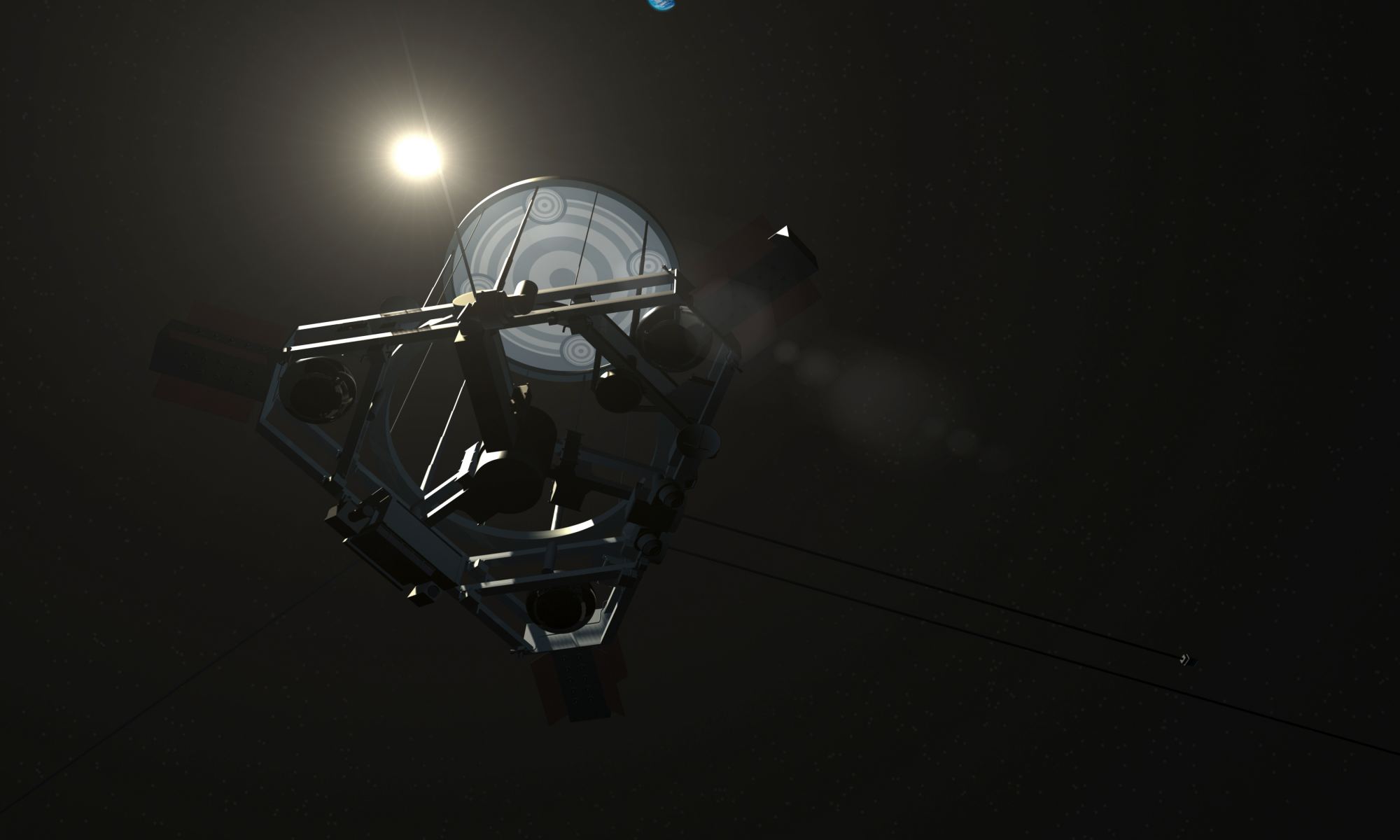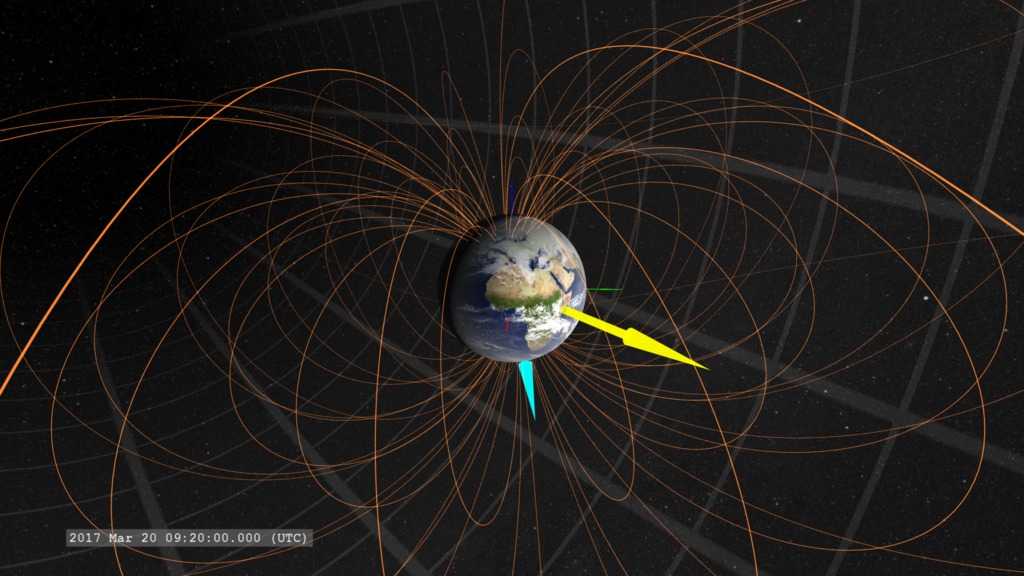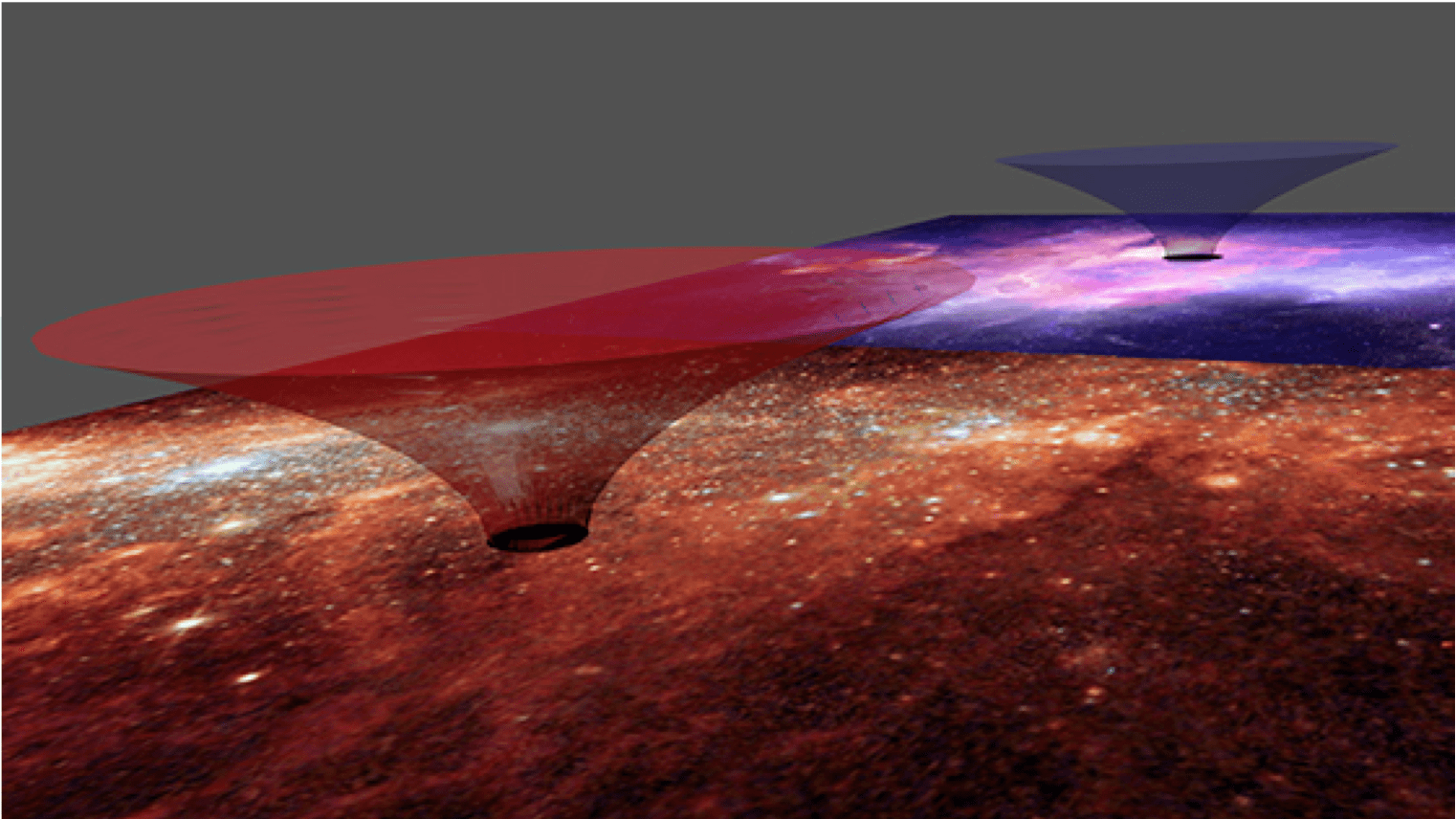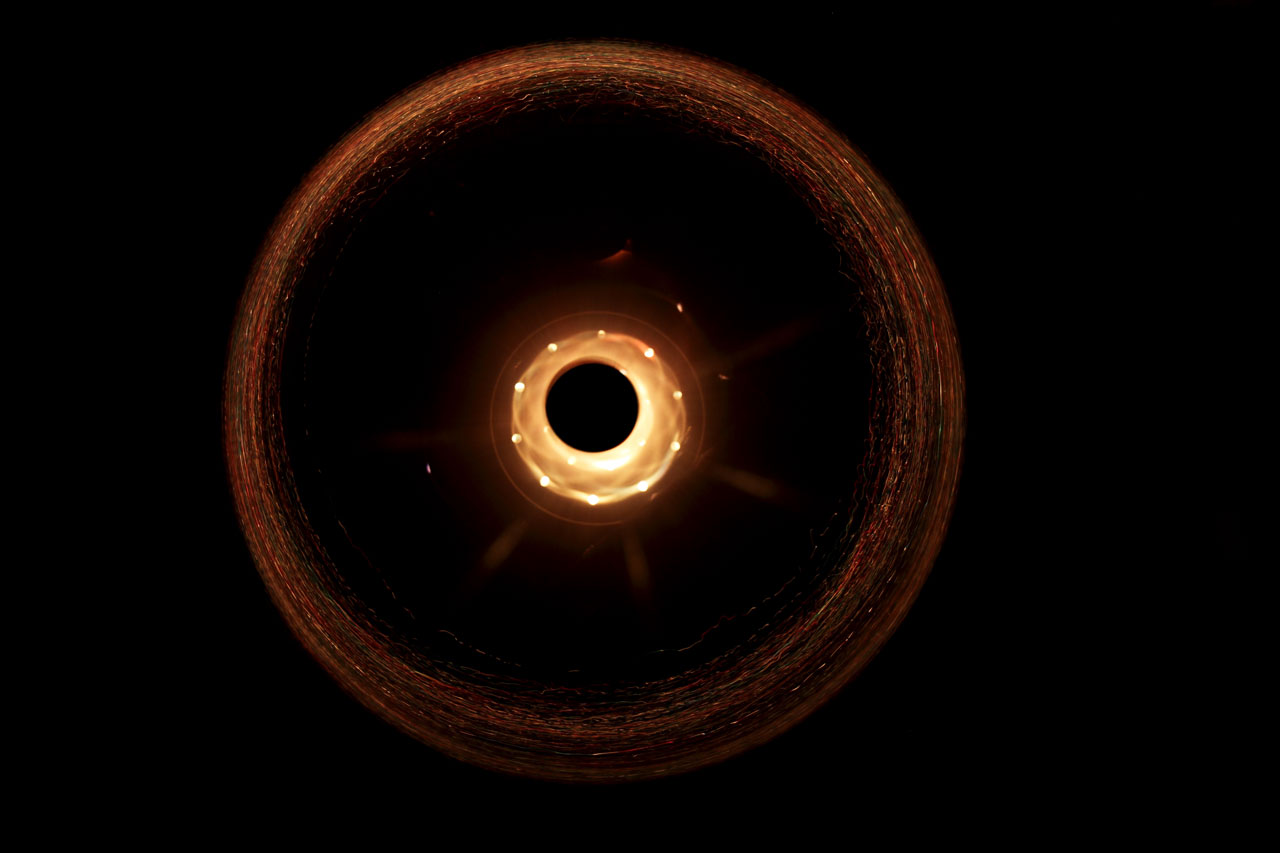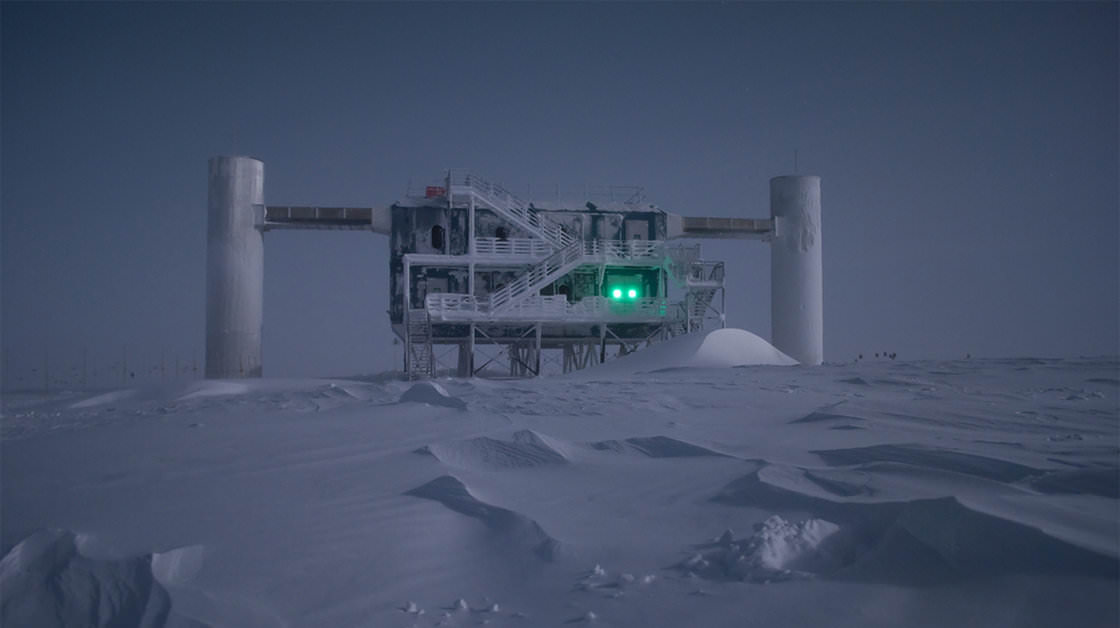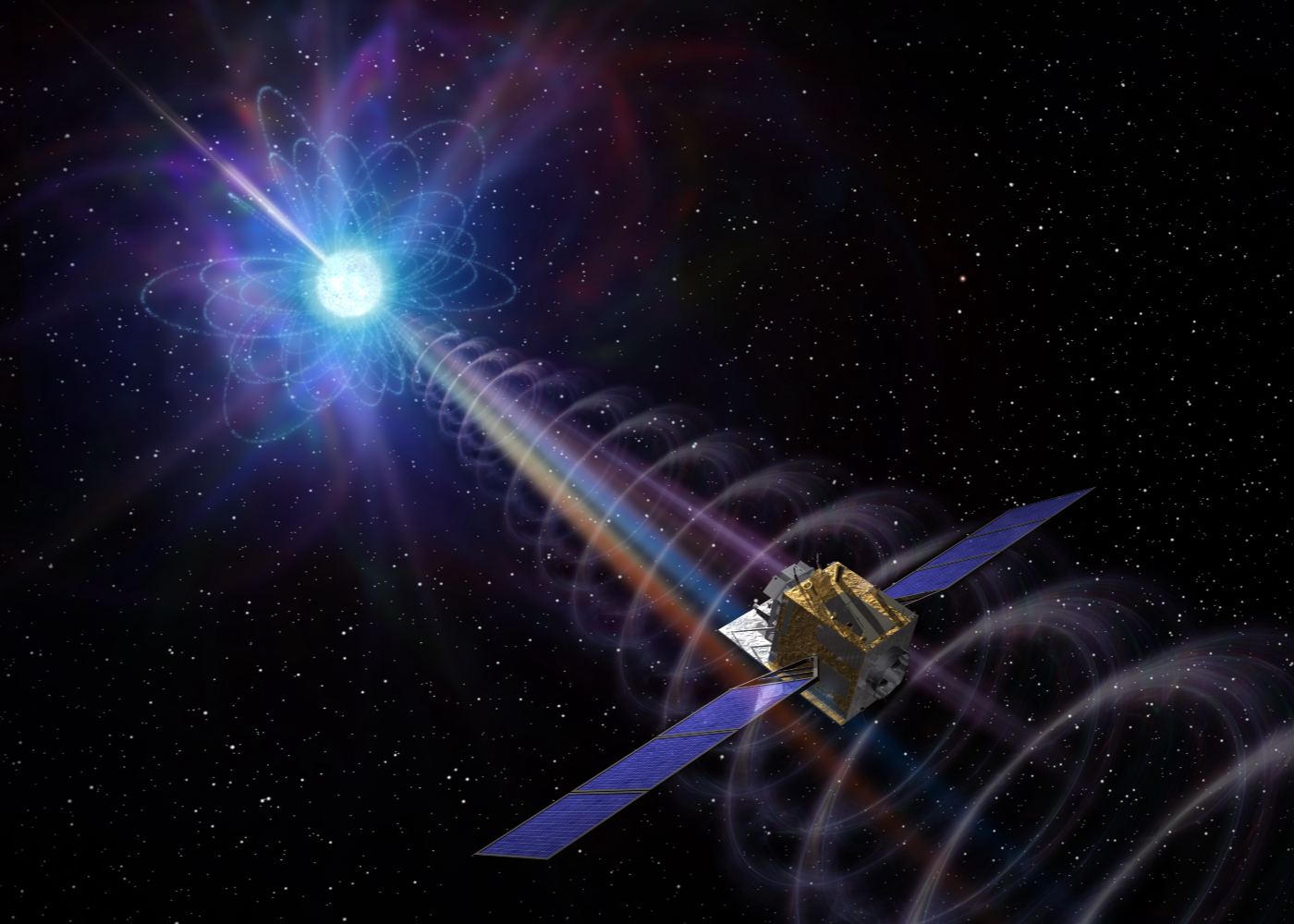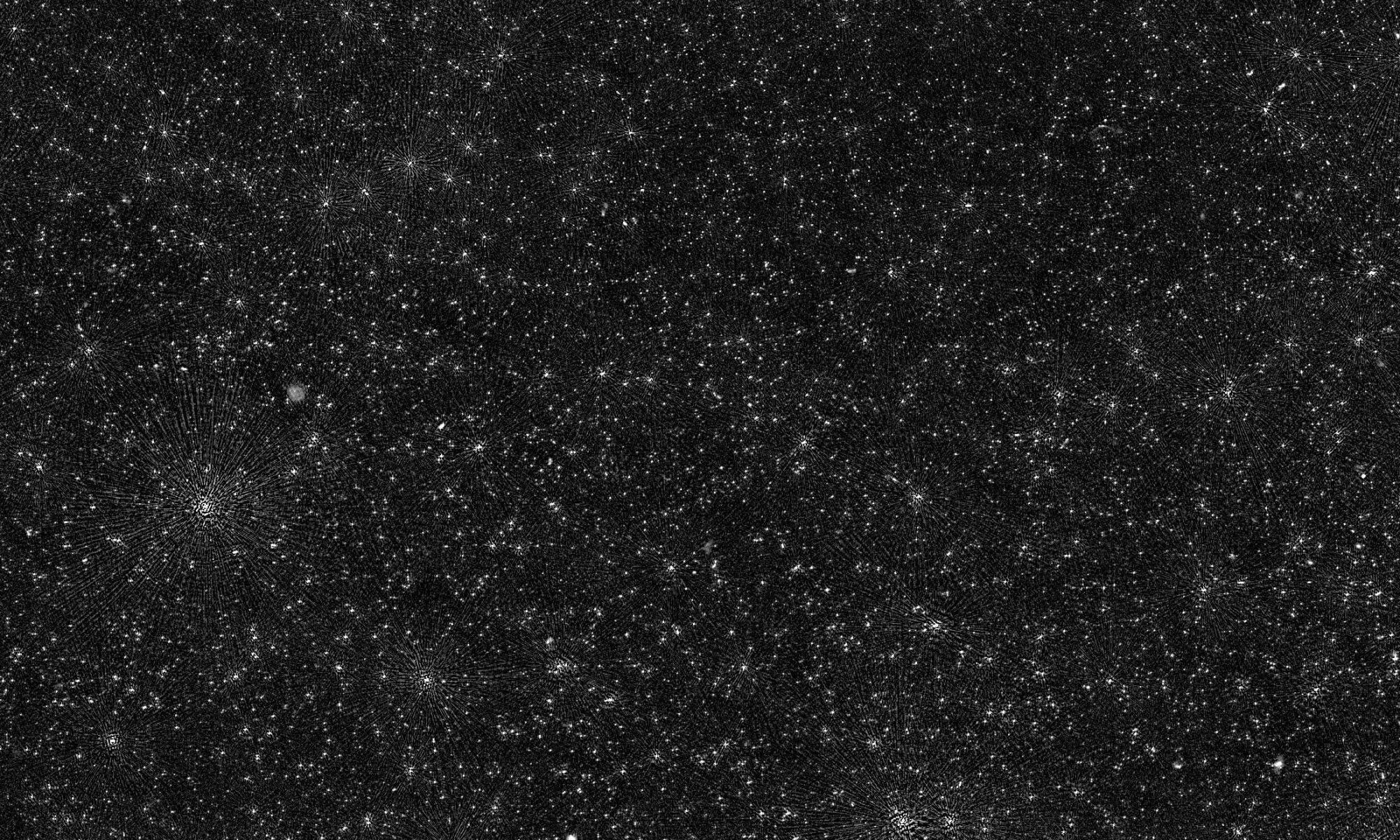As Carl Sagan once said, “The sky calls to us. If we do not destroy ourselves, we will one day venture to the stars.” And our first emissaries to the stars will be robotic probes. These interstellar probes will be largely autonomous, but we will want to communicate with them. At the very least we will want them to phone home and tell us what they’ve discovered. The stars are distant, so the probes will need to make a very long-distance call.
Continue reading “Gravitational Lenses Could Allow a Galaxy-Wide Internet”Gravitational Lenses Could Allow a Galaxy-Wide Internet
